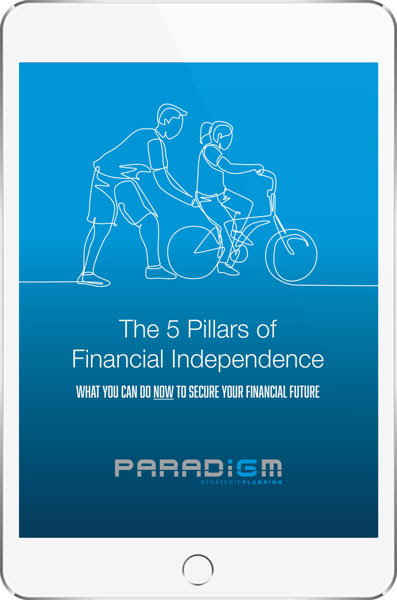There has been much social and political debate since the federal government proposed pushing out the age at which Australians can access the age pension. Although most occupations don’t have a legislated retirement date, there is little doubt that our tax and social security systems do have a significant impact on when many of us retire and how we plan to do it.
Here are a few examples:
I’ll retire when I can get the age pension
or some people this will be a necessity. They can’t afford to retire unless the pension is there to support them. Access to the age pension depends on your date of birth. Since 1 July 2017, the qualifying age for the age pension for men and women is 65½ years. It rises by six months every two years until it reaches 67 by 1 July 2023. The government is keen to see the pension age increase to 70 by 2035 but that has become a political football.
If your retirement doesn’t line up exactly with the relevant pension age, there may be some good alternatives to consider. If you leave work earlier, would you consider drawing on your retirement savings for a year or two before the pension begins?
Alternatively, working for a couple of years past pension age could qualify you for the Work Bonus which financially rewards age pensioners who wish to continue working.
I’ll stop work when I can get my hands on my superannuation
Generally, unless you die, become disabled or suffer financial hardship, the earliest time you can draw on your super is when you reach the so-called ’preservation age’. Again, this is different for people of different birth years: 55 if you were born before mid 1960 and rising gradually to 60 for those born after July 1964. There are also political rumblings that the preservation age could be increased.
There could be other options you may want to consider, such as drawing on non-super savings if you retire earlier, but careful weighing up the pros and cons of this beforehand is crucial.
I will wait until my super is tax-free
Waiting until after you reach 60 to access your super tax-free is a good option if you’re ready to retire at what is, these days, a relatively young age. The downside of retiring “early” at 60 is that your retirement savings must last the distance and given that Australians are living longer, this could be at least another two decades. However, with good advice, there can be many opportunities to structure a suitable tax effective retirement plan no matter when you plan to leave the workforce.
The decision of when to call it quits can be a difficult one emotionally and financially.
Your licensed financial adviser can assist in ensuring that the date you choose puts you in an optimal financial position.
More like this
 If you like this article, you might be interested to know that we share useful thoughts and information like this in our monthly financial insights email. You can subscribe to that email here. All subscribers receive a copy of our e-book: The 5 Key Pillars of Financial Independence.
If you like this article, you might be interested to know that we share useful thoughts and information like this in our monthly financial insights email. You can subscribe to that email here. All subscribers receive a copy of our e-book: The 5 Key Pillars of Financial Independence.
General Advice Disclaimer
This article contains general advice only, which has been prepared without taking into account the objectives, financial situation or needs of any person. You should, therefore, consider the appropriateness of the information in light of your own objectives, financial situation or needs and read all relevant Product Disclosure Statements before acting on the information. Whilst every care has been taken to ensure the accuracy of the material, Paradigm Strategic Planning or Sentry Advice Pty Ltd will not bear responsibility or liability for any action taken by any person, persons or organisation on the purported basis of information contained herein. Without limiting the generality of the foregoing, no person, persons or organisation should invest monies or take action on reliance of the material contained herein but instead should satisfy themselves independently of the appropriateness of such action.
Paradigm Strategic Planning Pty Ltd is an Authorised Representative of Sentry Advice Pty Ltd AFSL 227748